The Power of Mycorrhizae: Unlocking the Benefits of Fungi in Soil and Plant Health
Introduction: What is Mycorrhizae?
In the world beneath our feet, a fascinating and vital relationship is at play—one that impacts nearly all terrestrial plant life. This relationship involves mycorrhizae, a term derived from the Greek words mykos (fungus) and rhiza (root). Mycorrhizae are symbiotic associations between certain types of mycorrhizal fungi and the roots of most land plants. These beneficial partnerships support nutrient exchange, improve plant health, enhance soil quality, and even foster communication between plants through underground networks.
Understanding mycorrhizae in soil is key to building healthier, more resilient gardens and farms. Whether you're growing vegetables, flowers, trees, or houseplants, using soil with mycorrhizae can significantly boost growth while reducing the need for chemical inputs. In this guide, we’ll dive deep into the meaning of mycorrhizae, explore the different types, their ecological roles, how to cultivate them, and how to use them effectively in your home garden.

What Are Mycorrhizae and Why Are They Important?
Mycorrhizae Defined
Mycorrhizal fungi form a mutualistic relationship with plant roots, wherein the plant provides carbohydrates (from photosynthesis) to the fungus, and the fungus supplies the plant with nutrients like phosphorus, nitrogen, and water. This relationship enhances nutrient availability and uptake, especially in nutrient-poor soils.
Over 90% of all land plant species form some kind of mycorrhizal association. These underground allies are essential for:
-
Improving plant nutrition
-
Enhancing root structure
-
Increasing drought resistance
-
Suppressing soil-borne pathogens
-
Building soil structure and fertility
So what is mycorrhizae soil exactly? It’s soil enriched with mycorrhizal fungi, where these microscopic networks of fungal hyphae extend far beyond plant roots, improving nutrient absorption and creating healthier soil ecosystems.

Types of Mycorrhizae: Endo vs. Ecto
Arbuscular Mycorrhizal Fungi (Endomycorrhizae)
Endomycorrhizae, or arbuscular mycorrhizal fungi (AMF), penetrate the root cells of host plants, forming tree-like structures called arbuscules that facilitate nutrient exchange. These fungi are compatible with most vegetables, fruits, herbs, flowers, and shrubs.
-
Common hosts: Tomatoes, peppers, beans, corn, fruit trees, grasses
-
Benefit: Enhance phosphorus uptake, especially critical in early plant development
-
Product suggestion: Power Organics Mycorrhizal Root Booster (24 oz) for vegetables, flowers, and herbs
Ectomycorrhizal Fungi
Ectomycorrhizal fungi do not penetrate root cells but form a sheath around the root and extend hyphae into the surrounding soil. They primarily associate with trees like oaks, pines, and other conifers.
-
Common hosts: Oak, pine, spruce, fir
-
Benefit: Improve nutrient uptake and disease resistance in woody plants
-
Product suggestion: Granular Root Growth Enhancer (5 lb) for trees and shrubs
Ecological and Garden Benefits of Mycorrhizae
Mycorrhizae and Soil Health
Mycorrhizal fungi contribute significantly to soil aggregation and aeration. Their hyphal networks bind soil particles together, improving structure, drainage, and oxygen availability. This enhanced soil texture benefits microbial life and root penetration.
Using mycorrhizae for plants promotes better resilience and healthier root systems, especially in compacted or disturbed soils. Adding mycorrhizal fungi powder to soil can help reestablish these relationships, especially in urban gardens or heavily tilled areas.
Nutrient Cycling and Disease Resistance
Mycorrhizal networks improve nutrient cycling by accessing and distributing nutrients like phosphorus, zinc, and copper. They also provide a natural defense system by outcompeting pathogens and triggering systemic resistance in plants.
The "Wood Wide Web"
Mycorrhizae connect plants through underground fungal highways—sometimes called the "wood wide web." These connections allow plants to share nutrients and send warning signals about drought or pest attacks, bolstering community resilience. Learn more in Mycelium Running by Paul Stamets.

How to Use Mycorrhizae in Your Garden
Best Practices for Soil Management
To foster mycorrhizae in soil, avoid practices that disrupt fungal networks:
-
Minimize tilling or disturbance
-
Avoid synthetic fertilizers and fungicides
-
Mulch generously
-
Add compost and organic matter
-
Practice crop rotation and polyculture
Inoculation Techniques
Adding mycorrhizal inoculants is a simple yet powerful step:
-
Apply granules or powders directly to roots during transplanting
-
Mix into seed starting soil or planting holes
-
For existing plants, you can sprinkle mycorrhizae on top of soil, then water it in
Explore Grow Organic’s full selection of Mycorrhizal Inoculants.
Conclusion: Embracing Nature's Soil Allies
Mycorrhizal fungi are more than just invisible helpers in the soil—they're critical partners in plant health, soil fertility, and sustainable gardening. By incorporating mycorrhizae for plants into your growing routine, you're tapping into nature’s own blueprint for nutrient exchange, plant communication, and disease resistance.
Whether you're planting fruit trees, sowing vegetables, or nurturing a perennial flower bed, introducing soil with mycorrhizae or applying mycorrhizal fungi powder will help you build a more robust, low-input garden.
Ready to take advantage of this underground network? Start with trusted products like:
With knowledge, the right products, and thoughtful soil management, you can unleash the power of mycorrhizae soil and grow stronger, more resilient plants—naturally.
FAQs About Mycorrhizae For Plants
-
Is mycorrhizae safe to use?
- Yes, mycorrhizal fungi are completely safe for plants, pets, people, and the environment. They occur naturally in soil ecosystems and play a vital role in plant health and nutrient cycling.
-
Is mycorrhizae organic?
- Most mycorrhizal products, like those from Grow Organic, are organic and OMRI-listed, making them safe for certified organic gardening and farming.
-
How do you apply mycorrhizae to plants?
- Apply mycorrhizal granules or powder directly to the root zone at planting time. For established plants, you can sprinkle mycorrhizae on top of soil and water deeply to allow the spores to reach the roots.
-
What plants do not like mycorrhizae?
- Plants in the Brassicaceae family—like cabbage, broccoli, mustard, and radishes—typically do not form mycorrhizal associations.
-
Can you mix mycorrhizae with fertilizer?
- Yes, but avoid high-phosphorus chemical fertilizers as they can inhibit fungal colonization. Organic, slow-release fertilizers are better suited for use with mycorrhizae soil amendments.
-
Can you put mycorrhizae on top of soil?
- Yes, applying mycorrhizae on top of soil can be effective, especially when followed by watering. This method helps spores migrate to the root zone where they can begin colonizing.
-
How often should I use mycorrhizae?
- Typically, one application per plant at the time of planting is enough. However, for perennial plants, a yearly booster may help maintain healthy fungal populations, especially in disturbed soils.
-
What plants benefit most from mycorrhizae?
- Fruit trees, tomatoes, peppers, squash, beans, herbs, flowers, and most grasses thrive with mycorrhizal fungi. Woody perennials and shrubs also benefit, especially in poor or compacted soils.
-
Can you use too much mycorrhizae?
- Overapplication generally isn’t harmful but can be wasteful. Follow product guidelines. Plants only host the amount of fungi they need—extra spores may simply remain dormant.
-
Does mycorrhizae help plants grow faster?
- Yes. Mycorrhizal fungi improve nutrient uptake, leading to quicker establishment, healthier root systems, and faster overall growth, especially in nutrient-deficient soils.
-
How many plants use mycorrhizae?
- Approximately 90–95% of plant species form mycorrhizal associations. This includes most vegetables, trees, grasses, and flowering plants.
📚 Resource Area
Mycorrhizal Fungi & Soil Health Essentials
Mycorrhizal fungi are nature’s soil engineers—supporting plant nutrition, disease resistance, and soil structure. Whether you're growing vegetables, trees, or cover crops, these expert resources from GrowOrganic.com will help you harness the power of these vital underground allies.
-
🦠 The Vital Role of Mycorrhizae in Plant Health and Soil Biology
Discover how mycorrhizal fungi enhance nutrient uptake, strengthen root systems, and form beneficial relationships with over 90% of plant species. -
🌾 The Essential Guide to Summer Cover Crops: Boosting Soil Health and Farm Productivity
Learn how combining summer cover crops with mycorrhizal inoculants improves soil biology, increases organic matter, and supports long-term plant health. -
🔬 Meet the Secondary Macronutrients & Micronutrients Your Plants Need
Understand how mycorrhizae help plants access essential nutrients like calcium, magnesium, iron, and zinc—and how to supplement when needed. -
🌱 Weaving the Soil Food Web: How to Strengthen the Ecosystem Below Your Feet
Explore how mycorrhizal fungi fit into the larger soil ecosystem, supporting beneficial microbes, earthworms, and a thriving food web. -
🛒 Mycorrhizal Inoculants – Shop the Full Collection
Browse a curated selection of premium mycorrhizal inoculants for vegetables, trees, flowers, and cover crops. Perfect for gardeners and farmers looking to boost root growth, improve nutrient efficiency, and reduce fertilizer dependence. - "Mycorrhizae — Worth the Investment?" by Judy Kunz, Colorado Master Gardener, from Arapahoe County Extension. This article discusses the role of mycorrhizae in soil health and questions the effectiveness of commercial mycorrhizae additives in garden soils. It also advises on practices that can enhance or harm mycorrhizae populations in soil.
- "A Gardener's Primer to Mycorrhizae: Understanding How They Work and Learning How To Protect Them," a publication from the WSU Extension, which explains the symbiotic relationships between mycorrhizae and plant roots, and provides guidance on how gardeners can protect these beneficial fungi.
- "Mycorrhizae: Nature's Gift to Plant Health" from the University of Missouri's Integrated Pest Management program. This article discusses different types of mycorrhizal relationships, the benefits they provide to plant growth, and the use of mycorrhizal supplements in agriculture.
- "The Effects of Mycorrhizal Fungi Inoculum on Vegetables" by the Master Gardeners of San Mateo & San Francisco Counties. This study compares the yield and vigor of vegetables grown with and without mycorrhizal fungi plant inoculum, providing practical insights for home gardeners.
Integrated Pest Management (IPM)
Apply a systematic approach to prevent and manage indoor plant pests using natural methods:
- What Is Integrated Pest Management (IPM)? – Covers monitoring, prevention, and targeted treatments for pests.
- Organic House Plant Care & Pest Control – Builds on IPM concepts by applying them directly to indoor plant care.
- Stink Bug Treatment Insecticides – Explore OMRI-listed options for tackling stink bugs and other persistent pests organically.
Winter Evergreen Planting Tips
Learn why winter is perfect for planting evergreens and how to prepare your soil for cold-weather success:
- Planting Evergreens & Conifers in Willamette Valley’s Winter – Local tips on timing, soil insulation, and moisture.
- Planting Evergreens in Northern California’s Winter – Similar climate strategy emphasizing cooler temperatures and soil prep.
- Pruning Trees and Bushes in the Oregon Winter – Learn proper timing and technique for dormant-season pruning.
Protecting Evergreens from Winter Damage
After harsh weather, check your evergreens for structural damage and support recovery:
-
Assessing Winter Storm Damage in Your Garden – Evaluate, prune, and support evergreens after winter stress.
- Starting Seeds in a Cold Frame or Greenhouse – Use protected setups to strengthen new seedlings against cold damage.

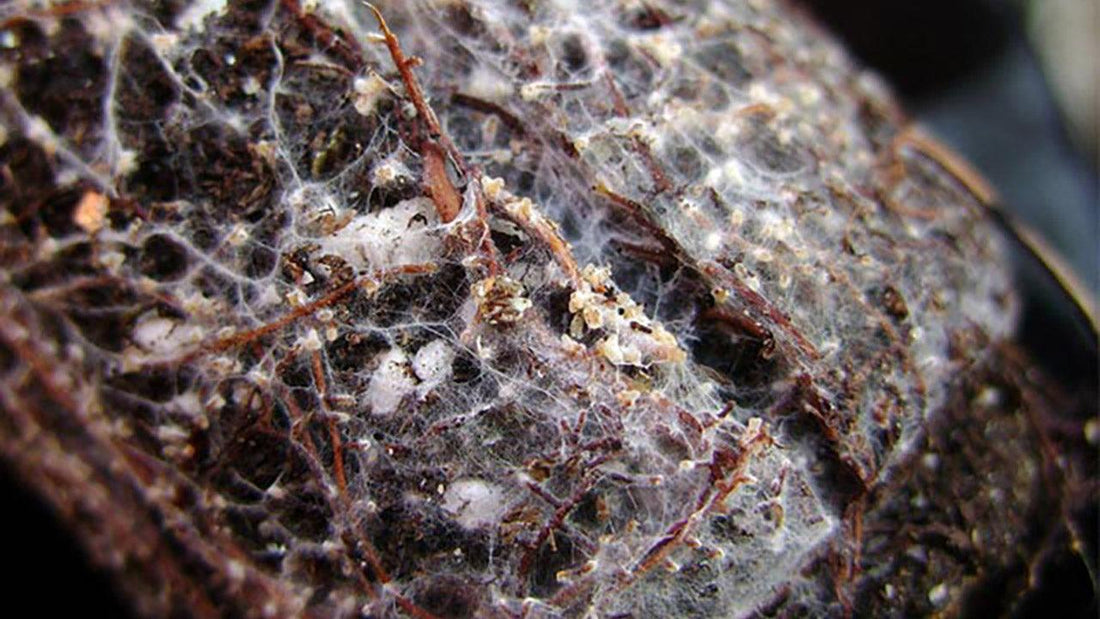
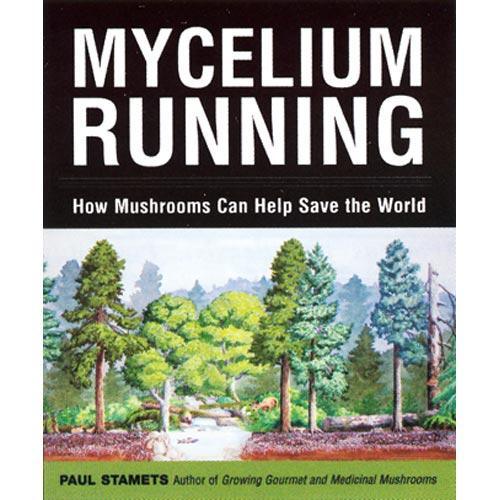

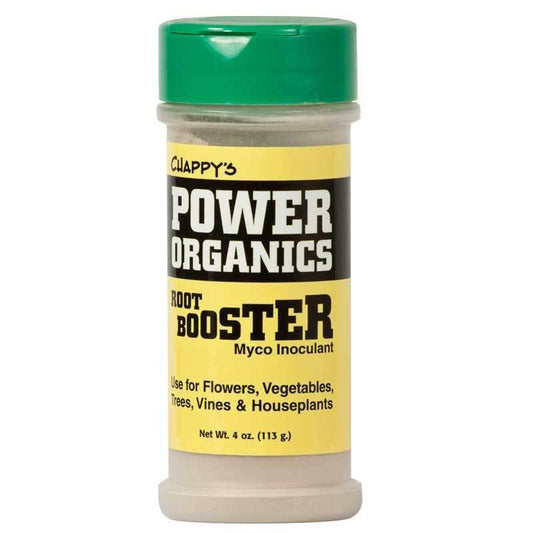
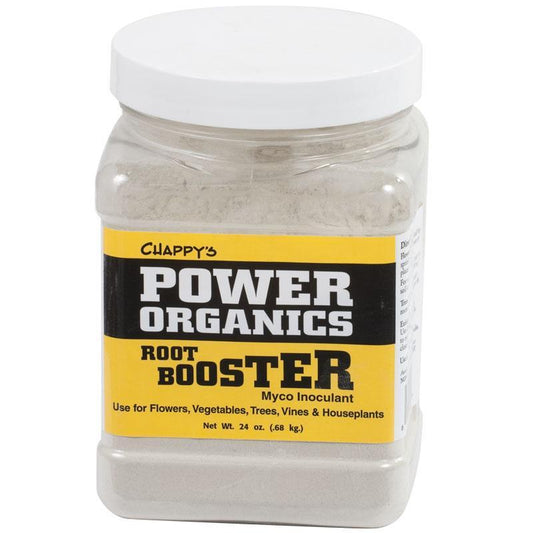
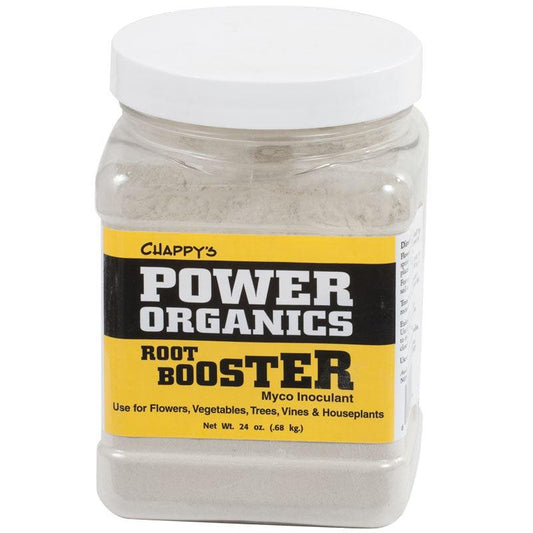
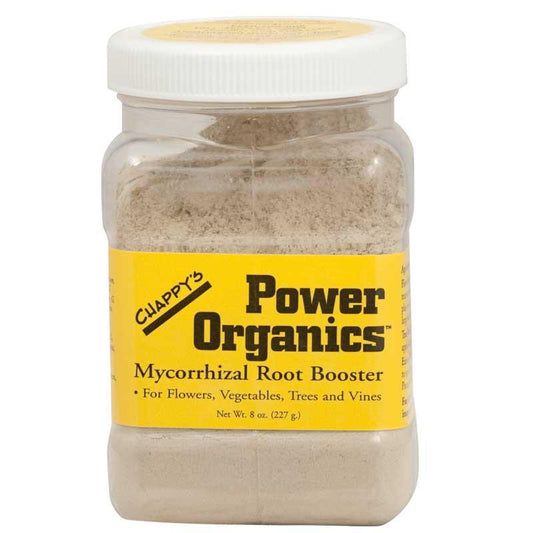
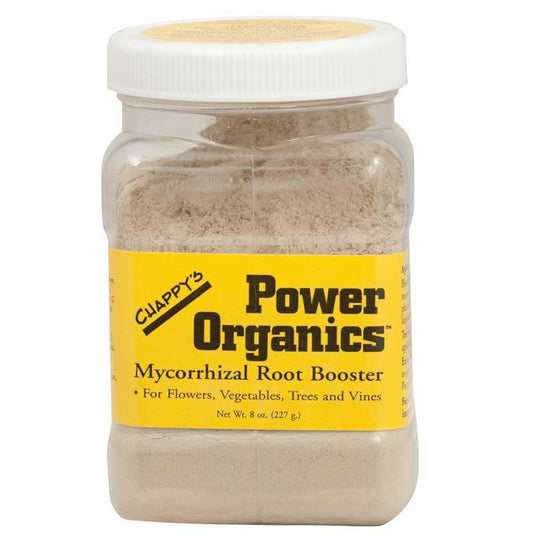
2 comments
Goodspeed, here is a section in our biochar article that answers your question, “Biochar Benefits Soil Biology-The porous structure also creates the perfect habitat for soil microbes and beneficial fungi to flourish. Although the microorganisms will eventually move into the biochar, you will see an even bigger benefit if you “pre-charge” or “activate” your biochar (this process is also sometimes called inoculating, maturing, culturing, or charging the biochar). This optional step is done prior to incorporating the biochar into your garden, and has the added benefit of preventing excessive nutrient binding (where so many nutrients become bound up with the biochar in the soil that not enough are available to the plants for a short time. Eventually the biochar will effect a nutrient gain, once the binding evens out).”
Do mycorrhizae perform well in soils that have been enhanced or amended with biochar, or does one hinder the performance of the other?